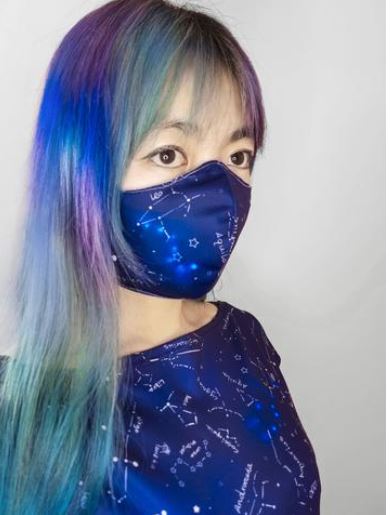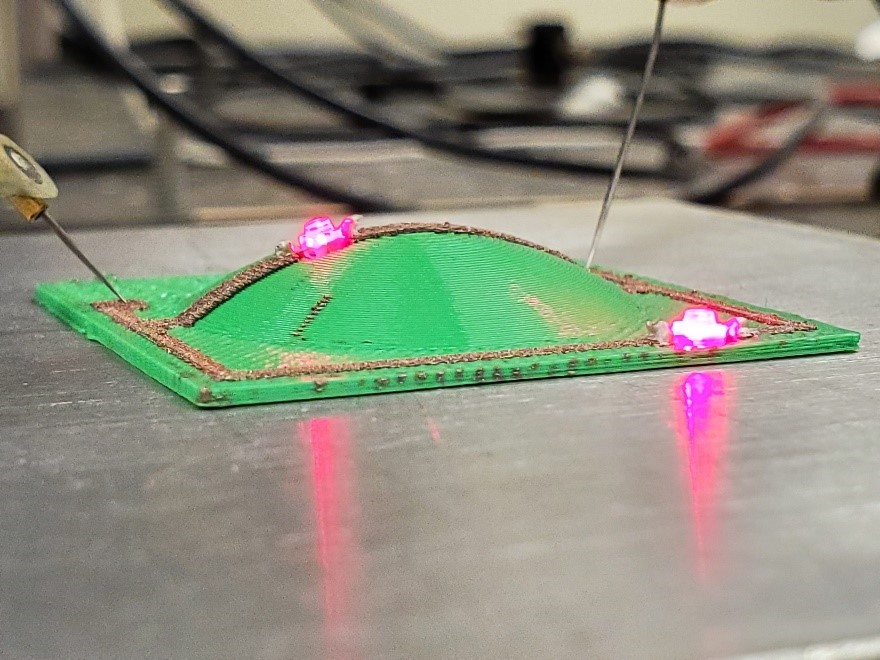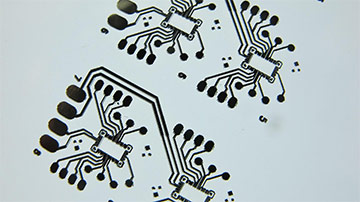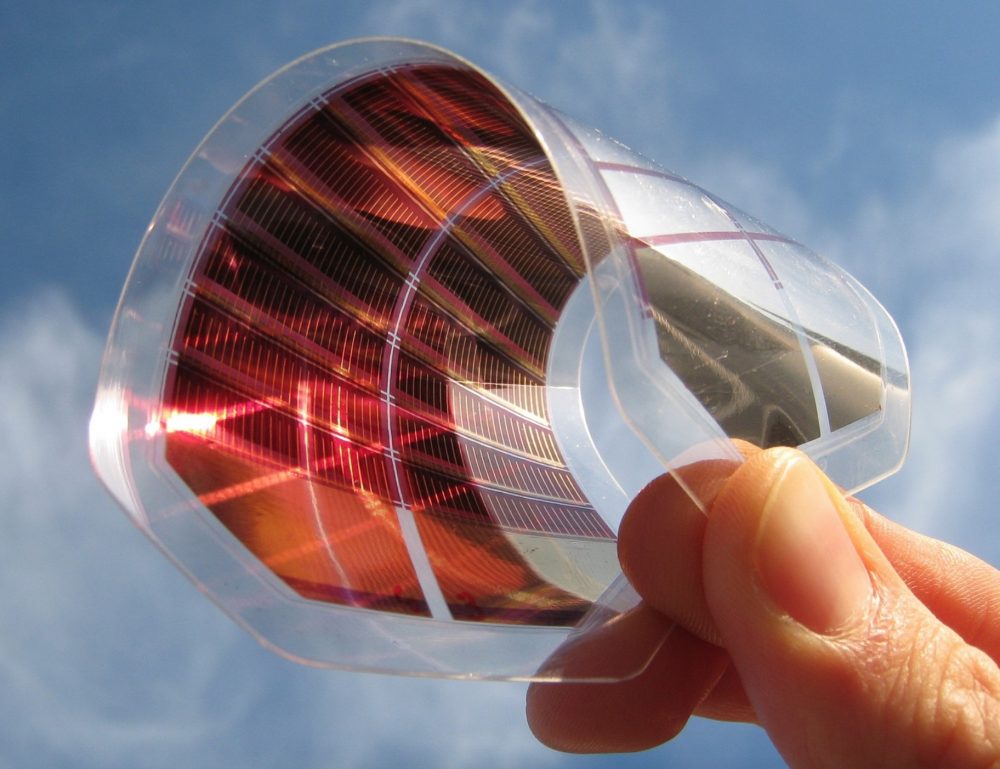

Late fall in Austin is beautiful. Temperatures are in the mid-70s and it’s relatively dry – making it a great time to be outdoors. Combine the weather with Texans love for barbecuing and grilling, and eating outside with friends becomes a daily activity.

As a team, we love to highlight and share the work we see being done by researchers using NovaCentrix equipment and materials. While we regularly do this internally, my hope in sharing and writing about this recently published work for a broader audience is that it helps spread some interest in new tech, as well as bring attention to these great results. Researchers at the Army Research Laboratory and Duke University have shown that PulseForge curing can dramatically improve the electrical performance of 3D printed conductive filament composite materials.

Photonic curing is the high temperature processing of thin films using a flashlamp. When this processing is performed on a low temperature substrate, such as plastic or paper, a significantly higher temperature can be attained in the film versus an oven without damaging the substrate. This is due to two effects: 1) thermal processes exponentially progress with increasing temperature and 2 ) thermal damage to a polymer substrate generally takes a finite amount of time. Within a range, the shorter the time, the higher the temperature a material can take without damage. In the case of a polymer or paper

Perovskites are a group of organometallic/all-inorganic halides with chemical formula ABX3 in perovskite crystal structure1. Considered as a next-generation photovoltaic (PV) material, they combine strong light absorption with superior carrier transport2 and tunable bandgaps3.
Subscribe to Email Updates
Categories
- Conductive Inks (12)
- Contactless Printing (1)
- Lift-Off (1)
- Metalon (1)
- Nanoparticles (1)
- Photonic Curing (3)
- Photonic Soldering (6)
- Printed Electronics (1)
- Uncategorized (1)
